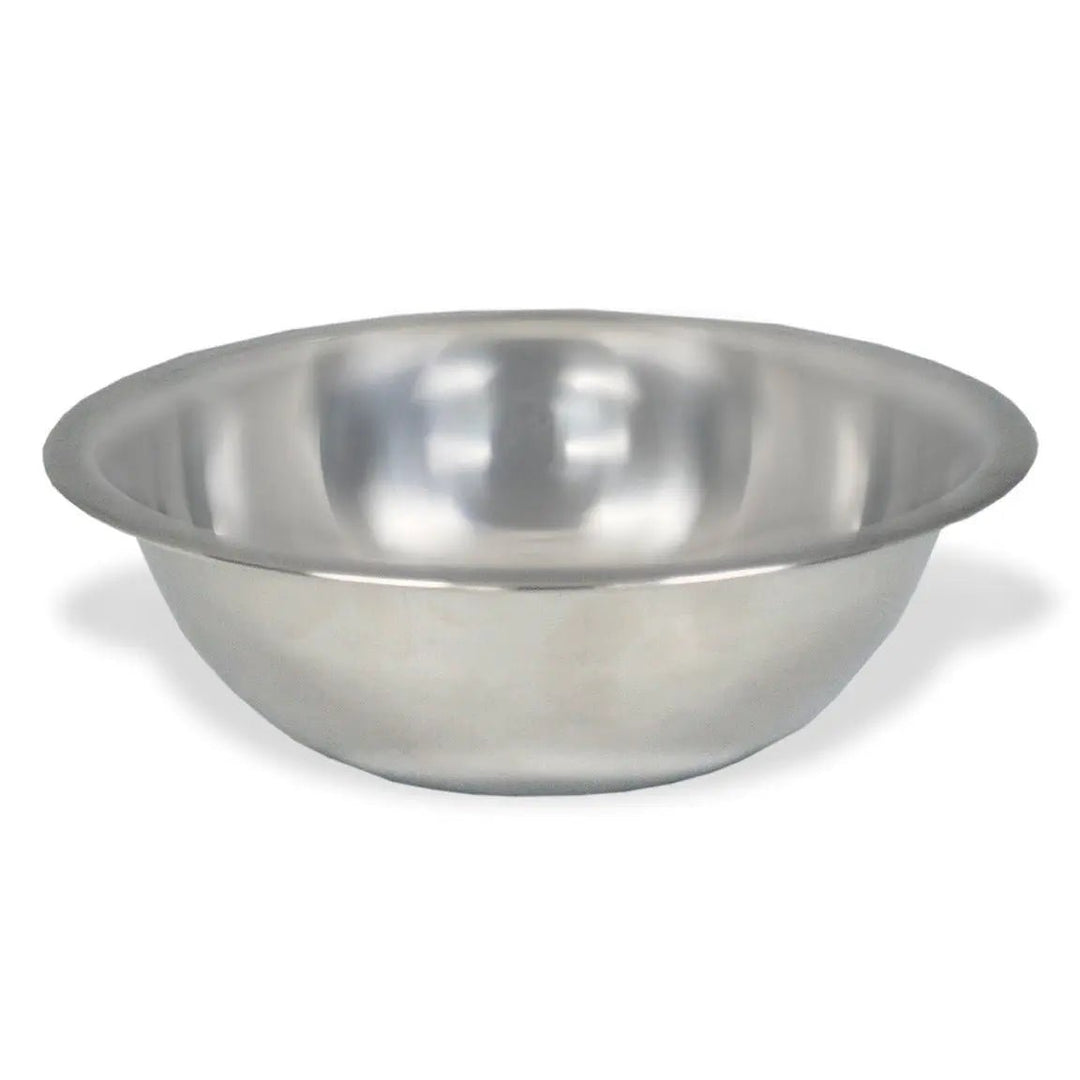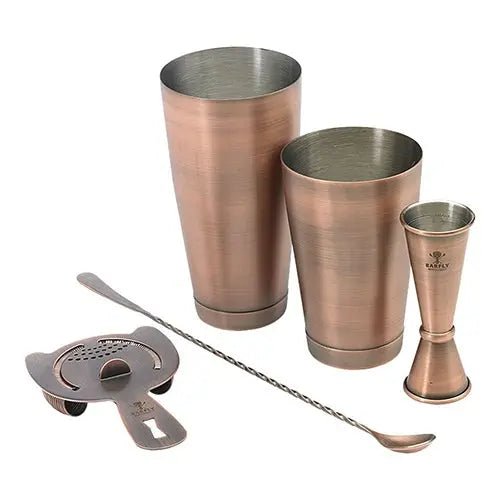The Selection You Need. The Personal Service You Deserve - 75 Years Strong. | New Products | Clearance | 216-325-0994
-
Bar
Bar Boards Bar Caddies Bar Mats Bar Towels Bar Utensils Bottle & Can Openers Cocktail Shakers & Strainers Condiment Bars Glass Rimmers Jiggers Liquor Pourers Seltzer Bottles & Chargers Store & Pour BottlesBeer Glasses & Mugs Beverage Glasses Brandy Snifters Can Glasses Carafes & Pitchers Champagne Glasses Coffee Glasses Decanters Goblet Glasses Highball Glasses Jar Glasses Margarita Glasses Martini Glasses Mixing Glasses Moscow Mule Mugs Old Fashioned Glasses Rocks Glasses Sherry/Cordial Glasses Shot Glasses Wine Glasses -
Catering
-
Dining
Beer Glasses Beverage Glasses Brandy Snifters Can Glasses Champagne Glasses Coffee Glasses Decanters Goblet Glasses Highball Glasses Margarita Glasses Martini Glasses Moscow Mule Mugs Mugs & Cups Sherry & Cordial Glasses Old Fashioned Glasses Rocks Glasses Shot Glasses Wine GlassesAshtrays Baskets Bread & Cheese Boards Butter Warmers Caddies Carafes & Pitchers Cheese Shakers Condiment Squeeze Bottles Creamers Food Display Gravy Boats Lighting Napkin & Straw Dispensers Oil & Vinegar Cruets Placemats Plate Covers Salt & Pepper Shakers Signs & Holders Sugar Holders Syrup servers Tortilla Servers Wine Service -
Janitorial
Carpet Cleaners Degreasers Dish Wash Disinfectants Drain Openers Floor Cleaners Food Service Cleaners Glass Cleaners Housekeeping Laundry Metal Cleaner & Polish Oven & Grill Cleaner Restroom Cleaners Specialized CleanersFacial Tissues Food Service Wipers LIght Bulbs Paper Towels Scouring Pads Toilet Seat Covers Toilet Tissue Trash Bags -
Kitchen
Baking Ingredients Batter Mix Beverages Canned Goods Condiments & Sauces Cooking Oil Flavoring Pan Spray Popcorn Supplies Salad Dressing Snacks Spices & Seasonings Sugar & Creamers Syrups VinegarAccessories Baking Pans Basting Covers Cast Iron Cookware Fry Pans Pasta Cookers Roaster & Broiler Pans Sauce Pans Steamers Stock Pots WoksCooling Paddles Face Masks First Aid Kits Food Day Labels Gloves Hair Nets & Hats Knife Safety Oven Mitts Pails Testing Strips Thermometers TimersFull Size Pans Half Size Pans Third Size Pans Quarter Size Pans Sixth Size Pans Eighth Size Pans Ninth Size Pans -
Party
Colorful Bowls Colorful Cups Colorful Cutlery Colorful Napkins Colorful Plates Colorful Table Covers Colorful Table SkirtsBalloons & Weights Banners Beads Centerpieces Confetti Crepe Streamers Curtains Cutouts Door Covers Fan Bursts Garland Metallic Columns Paper Lanterns Posters
Your cart is currently empty.
-
- View all
- Bar Blenders
- Bar Stools
- Beer Tap Supplies
- Drink Mixes
- Electric Drink Mixers
-
- View all
- Beer Glasses & Mugs
- Beverage Glasses
- Brandy Snifters
- Can Glasses
- Carafes & Pitchers
- Champagne Glasses
- Coffee Glasses
- Decanters
- Goblet Glasses
- Highball Glasses
- Jar Glasses
- Margarita Glasses
- Martini Glasses
- Mixing Glasses
- Moscow Mule Mugs
- Old Fashioned Glasses
- Rocks Glasses
- Sherry/Cordial Glasses
- Shot Glasses
- Wine Glasses
- Glassware Washing Supplies
- Ice Supplies
- Juicers
- Liquor Racks & Displays
- Wine Service
-
- View all
- Condiment Dispensers
- Crowd Control
- Cup Dispensers
- Fast Food Trays
- Flatware
- Furniture & Accessories
- Guest Checks & Holders
- Menus & Menu Boards
- Serveware & Displayware
- Serving Trays
-
- View all
- Ashtrays
- Baskets
- Bread & Cheese Boards
- Butter Warmers
- Caddies
- Carafes & Pitchers
- Cheese Shakers
- Condiment Squeeze Bottles
- Creamers
- Food Display
- Gravy Boats
- Lighting
- Napkin & Straw Dispensers
- Oil & Vinegar Cruets
- Placemats
- Plate Covers
- Salt & Pepper Shakers
- Signs & Holders
- Sugar Holders
- Syrup servers
- Tortilla Servers
- Wine Service
- Tray Stands
- Waiter Supplies
-
- View all
- Parts & Accessories
- Bun Pan Racks
- Coffee Makers
- Concession Equipment
- Convection Ovens
- Dishwash Machines
- Display Cases
- Electric Drink Mixers
- Equipment Stands
- Food Warmers
- Fryers
- Food Processors
- Gas Hoses
- Griddles
- Ice Machines
- Immersion Blenders
- Planetary Mixers
- Ranges
- Shelving
- Sinks & Faucets
- Steam Tables
- Tool Holders
- Work Tables
- Restaurant Design Services

Real Support, Rapid Responses
Educated experts at your service

Preferred by Industry Pros
Trusted since 1950

Rapid, Reliable Delivery

Get It Now, Pay Over Time!
Subscribe to Save 10%.




















